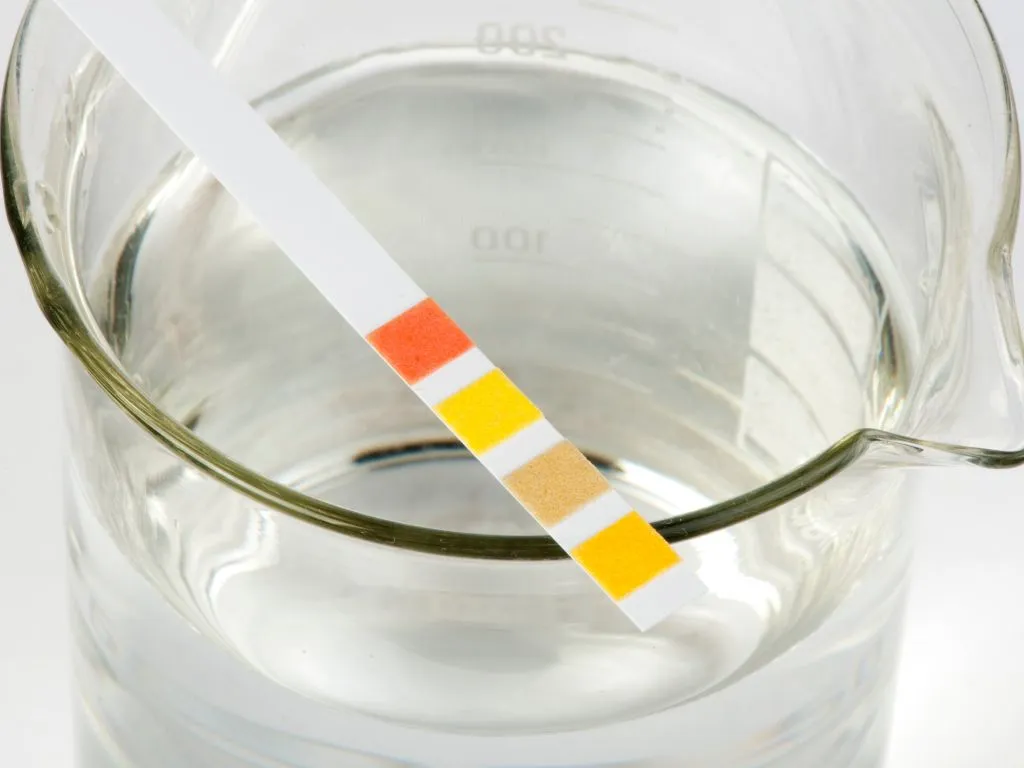News Details

Government of Canada Releases Acids and Bases Group Assessment: Concludes Substances Are Not Harmful to Health or the Environment
On April 27, 2024, the Government of Canada has published the Acids and Bases Group Assessment, which concludes that these substances are not harmful to human health or the environment. A notice to that effect has been published in the Canada Gazette, Part I: Vol. 158, No. 17.
Overview:
The Government of Canada conducts comprehensive risk assessments under the Canadian Environmental Protection Act, 1999 (CEPA) to evaluate potential risks to human health and the environment. The Acids and Bases Group assessment focused on 22 substances, which were divided into six subgroups as follows:
1. Ammonia (hydroxylammonium chloride)
2. Free Available Chlorine, Chlorate, and Chlorite (FACCC) substances: Chlorine, sodium hypochlorite, calcium hypochlorite, sodium chlorate, chlorine dioxide
3.Sulphite: Sodium bisulfite, sodium metabisulfite
4. Hydrogen and Hydroxide: Potassium hydroxide, sodium hydroxide, potassium silicate, sodium silicate, hydrochloric acid, sulphuric acid, potassium oxide
5. Phosphate: Diphosphorus pentoxide, phosphoric acid
6. Nitrate and Nitrite: Sodium nitrate, sodium nitrite, nitric acid, potassium nitrate, calcium nitrate
Human and Ecological Exposure:
- Thirteen of the 22 substances were assessed using the Low Human Health Hazard Potential Approach, indicating low concern for human health.
- FACCC Subgroup: Canadians may be exposed to these substances through air, drinking water, food, and consumer products (e.g., odor control, cleaning products, cosmetics).
- Nitrate and Nitrite Subgroup: Exposure pathways include air, drinking water, soil, dust, food, and consumer products (e.g., cosmetics, cleaning products).
Principal Health and Ecological Effects (Hazard):
- FACCC Subgroup: Inhalation, neurobehavioral, and thyroid effects.
- Nitrate and Nitrite Subgroup: Circulatory system effects.
- Other Subgroups: pH changes (10 substances), effects on aquatic organism (4 substances).
Consideration of Vulnerable Populations:
- Groups such as infants, children, and persons of reproductive age were considered.
- Developmental and reproductive toxicity studies were evaluated for adverse health effects.
Risk Assessment Results:
- Human Health: Thirteen substances posed a low risk to health. For the eight substances in the FACCC and Nitrate/Nitrite subgroups, exposure levels were compared with health effects and determined to be low risk.
- Environmental Health:
- Sixteen substances do not cause environmental harm.
- Ten substances are of low ecological concern based on pH measurements.
- Six substances are of low environmental concern based on hazard and exposure potential.
Assessment Conclusions:
- The 22 substances in the Acids and Bases Group are not harmful to human health.
- Sixteen substances (sodium bisulfite, sodium metabisulfite, potassium hydroxide, sodium hydroxide, potassium silicate, sodium silicate, hydrochloric acid, sulphuric acid, potassium oxide, diphosphorus pentoxide, phosphoric acid, sodium nitrate, sodium nitrite, nitric acid, potassium nitrate, and calcium nitrate) are not harmful to the environment.
We acknowledge that the above information has been compiled from Health Canada.

 Twitter
Twitter
